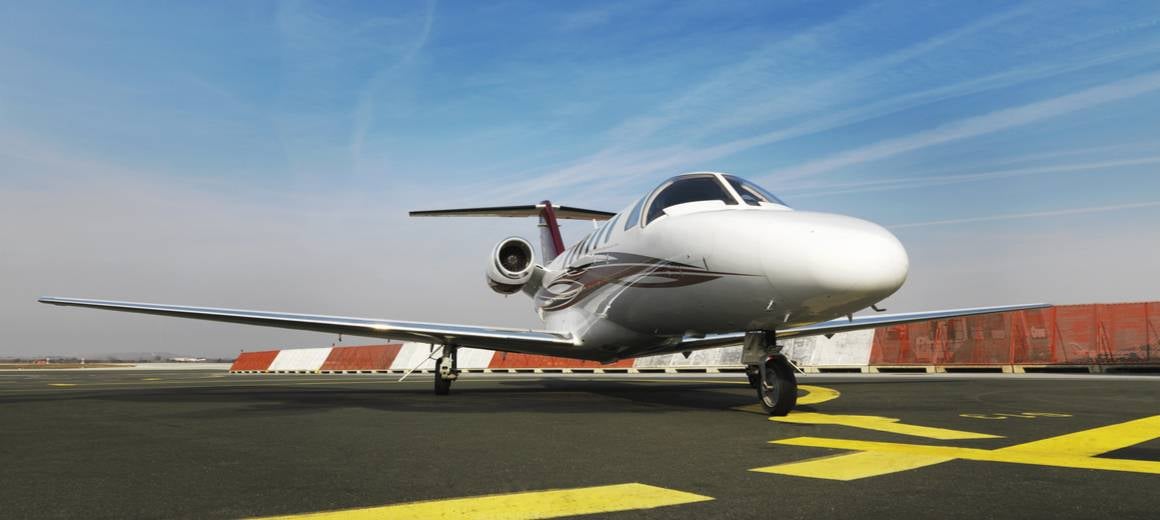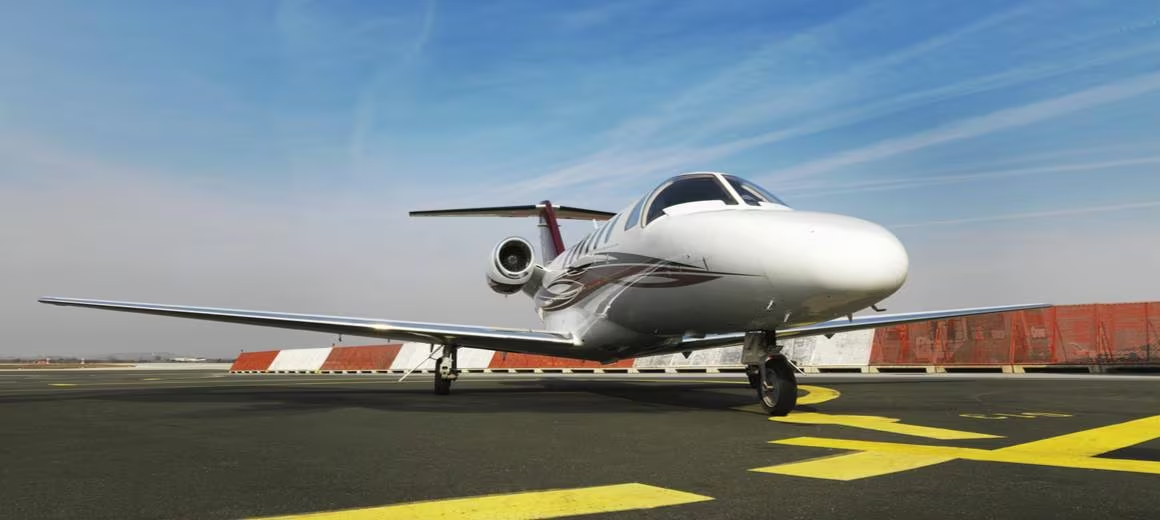Acquiring a private jet is a significant milestone that promises unparalleled freedom, flexibility, and luxury in air travel. For prospective buyers in the Australian market, there are numerous unique factors to consider, ranging from regulatory requirements and geographic considerations to operational costs and maintenance needs. This comprehensive guide will delve into the key considerations for buying a private jet in Australia, ensuring a well-informed and satisfying purchase.

1. Understanding Your Needs
Purpose of the Jet: Begin by defining the primary purpose of your private jet. Are you purchasing it for business travel, personal leisure, or a combination of both? Business travel might require a jet with extensive range and onboard office capabilities, while personal use might prioritize comfort and luxury.
Travel Patterns: Consider your typical travel patterns. Identify common destinations, travel frequency, and the number of passengers you usually accommodate. This will help determine the size and range of the jet you need.
2. Types of Private Jets
Very Light Jets (VLJs):
- Examples: Eclipse 500, HondaJet.
- Capacity: 4-6 passengers.
- Range: Ideal for short regional flights, perfect for hopping between cities on the Australian east coast.
Light Jets:
- Examples: Cessna Citation CJ3, Embraer Phenom 300.
- Capacity: 4-8 passengers.
- Range: Suitable for short to mid-range flights, such as from Sydney to Melbourne or Brisbane.
Midsize Jets:
- Examples: Hawker 800XP, Bombardier Learjet 60.
- Capacity: 6-10 passengers.
- Range: Good for mid to long-range flights, including transcontinental journeys across Australia.
Heavy Jets:
- Examples: Gulfstream G550, Bombardier Global Express.
- Capacity: 10-16 passengers.
- Range: Designed for long-range flights, suitable for international travel to Asia or the Americas.
Ultra-Long-Range Jets:
- Examples: Gulfstream G650, Dassault Falcon 8X.
- Capacity: 10-19 passengers.
- Range: Capable of flying intercontinental distances non-stop, perfect for long-haul flights from Australia to Europe or North America.
3. Budget and Financing
Purchase Price: Private jets range significantly in price. New VLJs may start at around $2 million, while ultra-long-range jets can exceed $70 million. Pre-owned jets offer a cost-effective alternative, but they may require more maintenance.
Operating Costs: Operating a private jet involves ongoing costs such as fuel, maintenance, insurance, hangar fees, and crew salaries. Annual operating costs can range from $500,000 to several million dollars, depending on the jet’s size and usage.
Financing Options: Explore different financing options, including loans, leases, and fractional ownership. Consult with financial advisors and lenders who specialize in aviation to secure favorable terms.
4. New vs. Pre-Owned Jets
New Jets:
- Advantages: Latest technology, customization options, and manufacturer warranties.
- Disadvantages: Higher purchase price and potentially longer delivery times.
Pre-Owned Jets:
- Advantages: Lower purchase price and quicker availability.
- Disadvantages: Potentially higher maintenance costs and may require upgrades to meet current standards.
5. Performance and Specifications
Range: Ensure the jet’s range covers your most frequent travel routes without needing refueling stops. For instance, a range of 4,000 nautical miles is ideal for non-stop flights from Sydney to Singapore.
Speed: Consider the jet’s cruising speed to minimize travel time, especially if frequent long-distance travel is anticipated.
Payload Capacity: Assess the maximum weight the jet can carry, including passengers, luggage, and additional equipment.
Runway Requirements: Verify that the jet can operate from the airports you plan to use, considering runway length and airport infrastructure.
Cabin Size and Comfort: Evaluate the cabin layout, seating capacity, and onboard amenities to ensure a comfortable and productive travel experience.
6. Maintenance and Support
Maintenance History: For pre-owned jets, scrutinize the maintenance records to identify any past issues and ensure adherence to maintenance schedules.
Maintenance Providers: Identify reliable maintenance providers and service centers for your chosen jet. Consider the availability of parts and support services in Australia.
Warranty and Support Programs: For new jets, review the manufacturer’s warranty and support programs. These can significantly reduce maintenance costs and provide peace of mind.
7. Regulatory and Legal Considerations
Civil Aviation Safety Authority (CASA) Regulations: Ensure the jet complies with CASA regulations, including airworthiness standards, pilot qualifications, and operational requirements.
Registration and Ownership: Understand the process of registering the jet with CASA and the implications of different ownership structures, such as individual, corporate, or trust ownership.
Taxes and Fees: Be aware of federal and state taxes and fees associated with purchasing and operating a private jet. Consulting with tax professionals can help optimize your tax strategy.
8. Insurance
Hull Insurance: Covers damage to the aircraft itself, whether on the ground or in the air.
Liability Insurance: Protects against claims arising from bodily injury, property damage, or other liabilities resulting from the operation of the jet.
Additional Coverages: Consider additional coverages such as passenger liability, crew coverage, and loss of use insurance. Working with an aviation insurance broker can help tailor a policy to your needs.
9. Crew and Training
Pilot Qualifications: Ensure pilots have the necessary certifications, experience, and training for the specific jet model. Regular recurrent training is essential to maintain proficiency.
Crew Salaries and Benefits: Include the cost of salaries, benefits, and training for pilots, flight attendants, and maintenance personnel in your budget.
Crew Management: Consider using a crew management service to handle recruitment, training, and scheduling, allowing you to focus on other aspects of ownership.
10. Operational Considerations
Flight Planning and Scheduling: Utilize flight planning and scheduling services to optimize routes, manage logistics, and ensure compliance with regulations.
Hangar and Storage: Arrange for suitable hangar space to protect your jet from the elements and provide a secure environment.
Fuel Management: Implement a fuel management strategy to secure competitive fuel prices and ensure availability at your travel destinations.
11. Environmental Impact
Fuel Efficiency: Choose a jet with modern, fuel-efficient engines to reduce your carbon footprint.
Sustainable Practices: Implement sustainable practices such as using sustainable aviation fuel (SAF) and carbon offset programs to mitigate environmental impact.
Regulatory Compliance: Stay informed about evolving environmental regulations and ensure compliance to avoid penalties and support sustainability efforts.
12. Resale Value
Depreciation: Understand the typical depreciation rates for different jet models. New jets depreciate faster than pre-owned jets in the initial years.
Market Trends: Monitor market trends and demand for specific jet models to gauge future resale value.
Upgrades and Modifications: Investing in upgrades and modifications can enhance the resale value by keeping the jet current with technological advancements and market preferences.
13. Local Market Considerations
Weather Conditions: Australia’s diverse climate, from tropical in the north to temperate in the south, can impact jet operations. Ensure your chosen jet is equipped to handle various weather conditions, such as de-icing capabilities for colder regions.
Geographic Considerations: Australia’s vast geography means longer travel distances between major cities. A jet with sufficient range to cover these distances non-stop can save time and increase convenience.
Airport Infrastructure: Consider the availability and quality of airport infrastructure, including hangar space, maintenance facilities, and ground support services at your frequently used airports.
Conclusion
Buying a private jet in the Australian market involves careful consideration of various factors, from understanding your travel needs and budget to evaluating the performance and specifications of different jet models. By thoroughly assessing these aspects and consulting with experts in the field, you can make an informed decision that aligns with your travel requirements and financial goals. Whether you opt for a new or pre-owned jet, understanding the intricacies of ownership, maintenance, and operation will help you maximize the benefits of your investment and enjoy the unparalleled convenience and luxury of private air travel.
